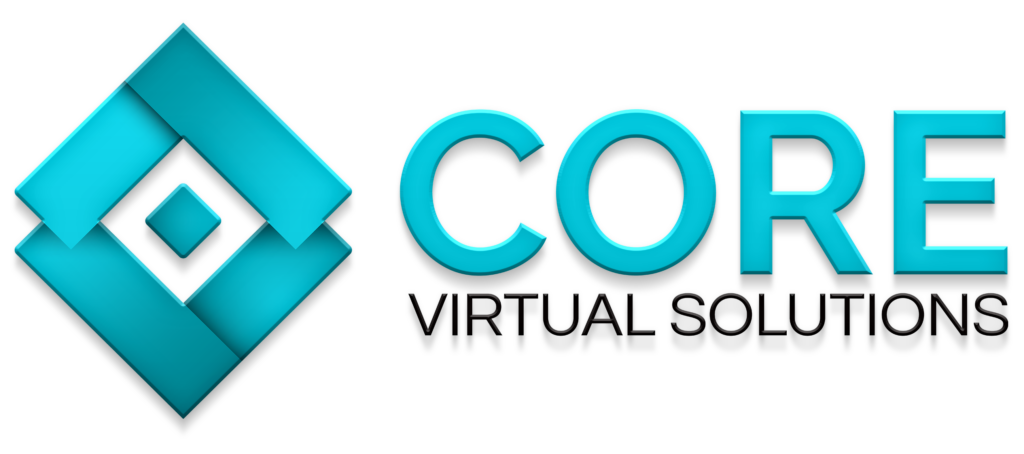Why is it essential to enhance doctor-patient communication?
Effective communication lies at the core of quality healthcare. That’s why it’s crucial to enhance doctor-patient communication. A successful relationship between patients and doctors fosters mutual trust, promotes shared decision-making, and improves patient satisfaction. However, achieving optimal doctor-patient communication can be challenging amidst the complexities of the healthcare system. In this blog, we will explore specific strategies that healthcare professionals like you. You can use these to enhance doctor-patient communication, leading to better patient outcomes.
Here are the ultimate strategies to enhance doctor-patient communication!

1. Practice active listening.
Active listening is a fundamental skill that forms the foundation of effective doctor-patient communication. So, it is crucial that you learn how to apply this in your profession. To actively listen, healthcare and medical professionals like you must give your undivided attention to patients. This includes maintaining eye contact and engaging in empathetic and non-judgmental responses.
When you truly listen to your patients, you gain a better understanding of their concerns, needs, and values. Active listening helps build trust and fosters empathy your patients will truly appreciate. Additionally, this enables you to provide personalized care that meets each patient’s unique needs. By practicing active listening, you can ensure the patient feels heard, understood, and valued. Sooner or later, this sets the stage for a collaborative and fruitful relationship.

2. Use clear and empathetic language.
Medical jargon and complex terminology can create barriers in doctor-patient communication. Thus, healthcare professionals like you should use clear, concise, and patient-friendly language. It is crucial to explain medical conditions, procedures, and treatment plans so patients can comprehend them. Additionally, conveying empathy through words and tone can significantly enhance your patient’s comprehension and compliance.
The benefits of using clear and empathetic language in your consultations are limitless. First, it allows for a deeper understanding that can enhance doctor-patient communication. Second, patients are more likely to feel cared for, which can lead to increased trust and better adherence to treatment plans. Third, doctors who use these communication strategies are better equipped to recognize their patients’ needs and concerns, leading to improved health outcomes. So, aim to use clear and empathetic language in your daily practice.

3. Embody a patient-centered approach.
Adopting a patient-centered approach helps you understand your patients’ perspectives and actively involve them in their care. Encouraging patients to ask questions, express concerns, and share their preferences empowers them to become active participants in the process. You can enhance patient satisfaction and improve treatment outcomes by valuing patient autonomy and involving them in care plans.

4. Utilize non-verbal communication.
Non-verbal cues, such as facial expressions, body language, and touch, can convey emotions and establish a deeper connection with patients. A warm smile, a reassuring touch, or nodding in understanding can provide comfort and reassurance. Non-verbal communication should complement verbal messages, reinforcing empathy and compassion. Altogether, applying this consistently will help to enhance doctor-patient communication.

5. Promote active patient education.
Educating patients about their health conditions, treatment options, and preventive measures is crucial for promoting adherence and self-management. Therefore, you should provide information in a patient-friendly manner, using visual aids, written materials, or multimedia resources when appropriate. Taking the time to answer questions and address misconceptions helps patients make informed decisions. In the long run, this will encourage patients to participate in their care actively.

6. Focus on mindful time management.
Time constraints are an ever-present challenge in healthcare. However, healthcare professionals like you should strive to manage their time effectively, allowing for meaningful doctor-patient interactions.
Thus, you should try allocating sufficient time for appointments and minimizing interruptions. Further, focusing solely on the patient during consultations demonstrates respect and prioritization of their concerns. This approach can lead to improved patient satisfaction and better health outcomes.

7. Maximize the technology available in your practice.
Technology can play a vital role in enhancing doctor-patient communication in the digital age. Consequently, Electronic Health Records (EHRs) can provide physicians quick access to patient information. As a result, this can help in facilitating more informed discussions.
In addition, Telemedicine platforms allow for remote consultations. This is beneficial as it will enhance accessibility and convenience for patients. Lastly, secure messaging systems or patient portals can enable ongoing communication, facilitating follow-ups and efficiently addressing patient concerns.

8. Be culturally sensitive.
Daily, you serve diverse patient populations with varying cultural backgrounds and beliefs. Therefore, being culturally sensitive and aware of potential language or cultural barriers is crucial. This strategy is tested to enhance doctor-patient communication.
Start by understanding their cultural nuances, beliefs, and values. As a result, this will help foster trust and enable effective communication. Now more than ever, you should strive to create a respectful environment for all patients to improve overall care.
To learn how to make your practice more inclusive, click here!

9. Address your patient’s emotional and psychological needs.
Healthcare encounters often involve emotions, anxiety, and vulnerability. Accordingly, physicians like you should recognize and address your patients’ emotional and psychological needs. Remember that your patients are not just composed of their physical health but also their mental health.
You can do this by showing empathy and providing emotional support. Additionally, you can enhance doctor-patient communication if you are not too stoic or formal all the time.
Lastly, this strategy includes referring patients to appropriate support services that can contribute to a holistic approach to care.
Improve your patient care with Core Virtual Solutions’ Virtual Medical Assistants!
Enhancing doctor-patient communication is a continuous process that requires dedication, empathy, and active effort from healthcare professionals. Employing the strategies discussed in this blog can ultimately improve doctor-patient communication. Effective communication ensures better health outcomes and promotes patient satisfaction, mutual understanding, and shared decision-making.
However, you can’t do it alone. By hiring Virtual Medical Assistants (VMA), you can significantly reduce your workload and focus more on patient care. They are trained to handle crucial tasks such as recording vitals, updating patient records, and providing relevant information to patients. Therefore, you can rely on your VMAs to provide patients with the necessary support and attention. As a result, you can focus on applying these strategies to enhance doctor-patient communication. To know more about leveraging Virtual Medical Assistants in your practice, book a quick and free consultation by clicking here!









